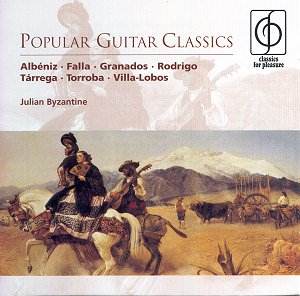 Composer: Arthur Honegger
Composer: Arthur Honegger
Works: String Quartet No. 1 (1919), String Quartet No. 2 (1935), String Quartet No. 3 (1936), Pâques New York (1924)
Performers: Quatuor Ludwig, Fusako Kondo (mezzo-soprano)
Recording: September-October 1991, Église Évangélique, St Pierre, Paris
Label: Timpani 1C1011
Arthur Honegger, a prominent figure of the early 20th century and a member of the avant-garde group Les Six, stands apart for his dedication to a more serious artistic expression, as he himself articulated. His string quartets encapsulate a journey through complex emotional landscapes and evolving musical language, reflecting both personal and historical contexts. The works included in this recording provide a fascinating overview of Honegger’s compositional development from his youthful exuberance to a more mature, introspective style.
The Quatuor Ludwig’s interpretation of Honegger’s first string quartet, composed between 1915 and 1919, reveals the raw fervor of a young composer grappling with the tumult of his times. The opening movement, marked ‘violent and tormented,’ is a formidable challenge for the players, and the ensemble rises to the occasion, delivering a performance full of visceral intensity. Their careful attention to dynamics and phrasing enhances the movement’s inherent turbulence. However, the subsequent Adagio poses a different kind of challenge. The lengthy span of thirteen minutes demands not only technical prowess but also a sustained emotional commitment, which the performers navigate with grace, though one might argue that at times, the tensions could be more tightly woven throughout.
Moving to the second quartet, composed in 1935, we witness Honegger’s maturation as a composer. This work is arguably among the finest of the 20th-century quartet repertoire. The Allegro marcato finale serves as a showcase for both the composer’s ingenuity and the performers’ capabilities. The robust thematic development and rhythmic vitality create an exhilarating listening experience, and the Quatuor Ludwig captures this energy splendidly. Their interpretation is marked by precision and clarity, allowing the intricate counterpoint to unfold naturally. This quartet exemplifies Honegger’s ability to fuse emotional depth with structural integrity, making it a high point not only of this collection but in Honegger’s oeuvre.
The Third Quartet, commissioned by Elizabeth Sprague Coolidge, represents a further evolution in Honegger’s style. It is dense and complex, demanding from the performers both technical skill and interpretative insight. The Ludwig quartet again demonstrates their adeptness, particularly in maintaining the focus across the work’s intricate textures and contrasting moods. The expert engineering by Timpani enhances the clarity of each instrumental line, allowing the listener to appreciate the interplay of voices without losing the overarching narrative flow.
Lastly, the inclusion of “Pâques New York,” a song cycle for mezzo-soprano and string quartet, adds a lyrical contrast to the instrumental works. Fusako Kondo’s performance is commendable, though comparisons to other interpretations might yield interesting insights into her interpretative choices. The setting of religious texts within a contemporary framework is a poignant reminder of Honegger’s ability to blend the personal with the universal, though the work remains less frequently performed and recorded than his quartets.
This collection serves not only as an essential introduction to Honegger’s string quartets but also as a testament to the Quatuor Ludwig’s commitment to these challenging works. The performances are marked by both technical excellence and emotional depth, while the recording quality complements the intricate textures of Honegger’s music beautifully. With thorough documentation and context, this release stands as a significant contribution to the understanding and appreciation of Honegger’s chamber music legacy. Each work illuminates the composer’s unique voice, making this collection a vital part of the modern string quartet repertoire.



